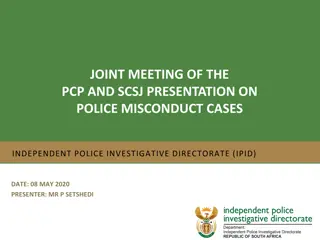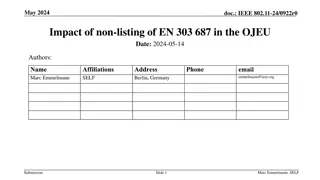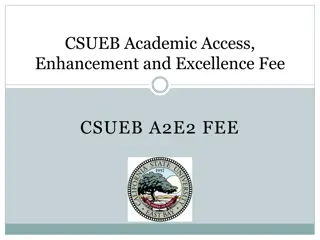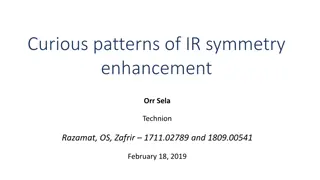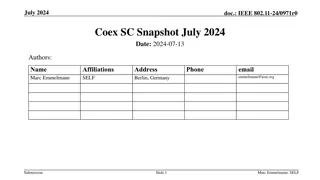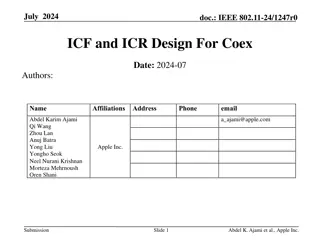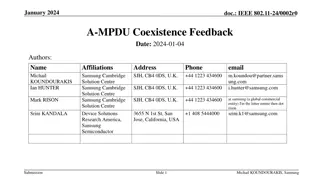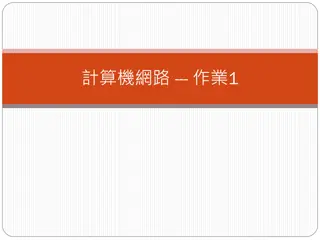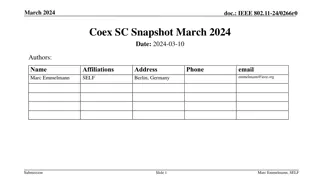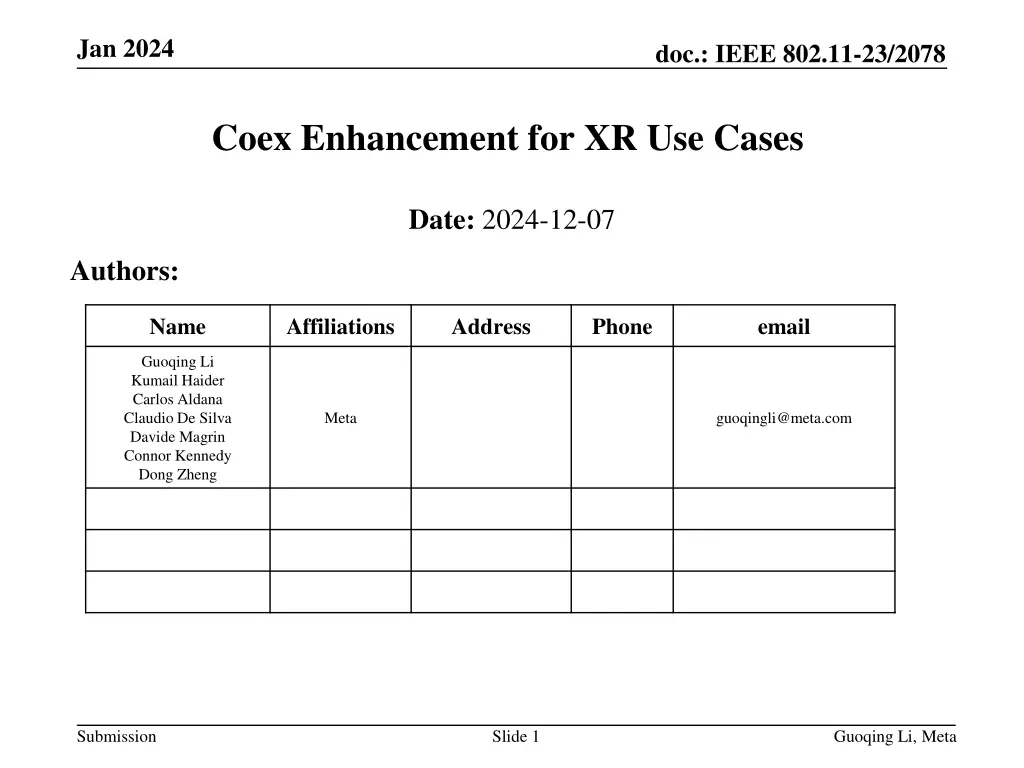
IEEE 802.11-23/2078 Coex Enhancement for XR Devices
This document addresses coexistence issues faced by XR devices using multiple radios such as Wi-Fi and Bluetooth. It proposes mechanisms for managing RF resource sharing, controlling packet durations, and negotiating parameters between stations and access points to improve coexistence and reduce packet loss.
Download Presentation

Please find below an Image/Link to download the presentation.
The content on the website is provided AS IS for your information and personal use only. It may not be sold, licensed, or shared on other websites without obtaining consent from the author. If you encounter any issues during the download, it is possible that the publisher has removed the file from their server.
You are allowed to download the files provided on this website for personal or commercial use, subject to the condition that they are used lawfully. All files are the property of their respective owners.
The content on the website is provided AS IS for your information and personal use only. It may not be sold, licensed, or shared on other websites without obtaining consent from the author.
E N D
Presentation Transcript
Jan 2024 doc.: IEEE 802.11-23/2078 Coex Enhancement for XR Use Cases Date: 2024-12-07 Authors: Name Affiliations Address Phone email Guoqing Li Kumail Haider Carlos Aldana Claudio De Silva Davide Magrin Connor Kennedy Dong Zheng Meta guoqingli@meta.com Submission Slide 1 Guoqing Li, Meta
Jan 2024 doc.: IEEE 802.11-23/2078 Problem Statement XR devices may use multiple radios such as Wi-Fi and Bluetooth and need to coex well Device constraint issue Due to size and cost, these radios may share RF components and have to time share the RF resources Due to possible low isolation, one radio s Tx may destroy another radio s Rx In addition, Tx+Tx or Rx+Rx may not be possible depending on device s architecture design and cannot be assumed as default AP rate adaptation issue BT traffic interval may be at a few ms (<10ms) and Wi-Fi may not have sufficient time to notify AP its unavailability using power save signaligns (e.g., PM) when switching to BT activity As a result, downlink throughput/latency may be greatly degraded from AP s fast rate scaling down due to lack of response from STA Wi-Fi packet duration issue BT typically has periodic traffic and need to Tx/Rx at predicted time slot However, AP/STA may continue Tx tinto BT s Tx/RX slot, leading to either Wi-Fi packet loss or BT packet loss Slide 2 Submission Guoqing Li, Meta
Jan 2024 doc.: IEEE 802.11-23/2078 Coex Enhancement A client (STA) device may be aware of its co-located BT traffic profile and traffic interval and may shape its Wi-Fi Tx/Rx trafic to fit into BT gaps STA may be able to control its uplink Tx activity, but has not mechanism to control AP s DL activity Proposal Define a mechanism that allows STA to request AP to control the following Max DL packet duration Min Tx interval Slow DL rate control when lack of UL BA BT activity usually will last a few seconds to minutes, thus these parameters can negotiated through management frames Submission Slide 3 Guoqing Li, Meta
Jan 2024 doc.: IEEE 802.11-23/2078 Coex Enhancement (cont.) A client (STA) device may use DL BA agreement to influence the DL packet duration For example, tear down BA agreement/disable A-MPDU for DL transmission to reduce DL PPDU duration However, there is lack of a mechanism for STA to trigger the re- setup of DL BA or change of DL A-MPDU size Propose to define a mechanism for STA to prompt AP to set up DL BA agreement or to modify DL BA agreement in an unsolicited manner Submission Slide 4 Guoqing Li, Meta
Jan 2024 doc.: IEEE 802.11-23/2078 Proposed Spec Changes Define management frame(s) to Indicate that STA enters into a coex scenario and AP may adjust its rate adaptation algorithm Indicate STA s coex requirements for DL transmission Max PPDU duration Min Transmission interval gap Allows STA to prompt AP to modify/setup DL BA Submission Slide 5 Guoqing Li, Meta


